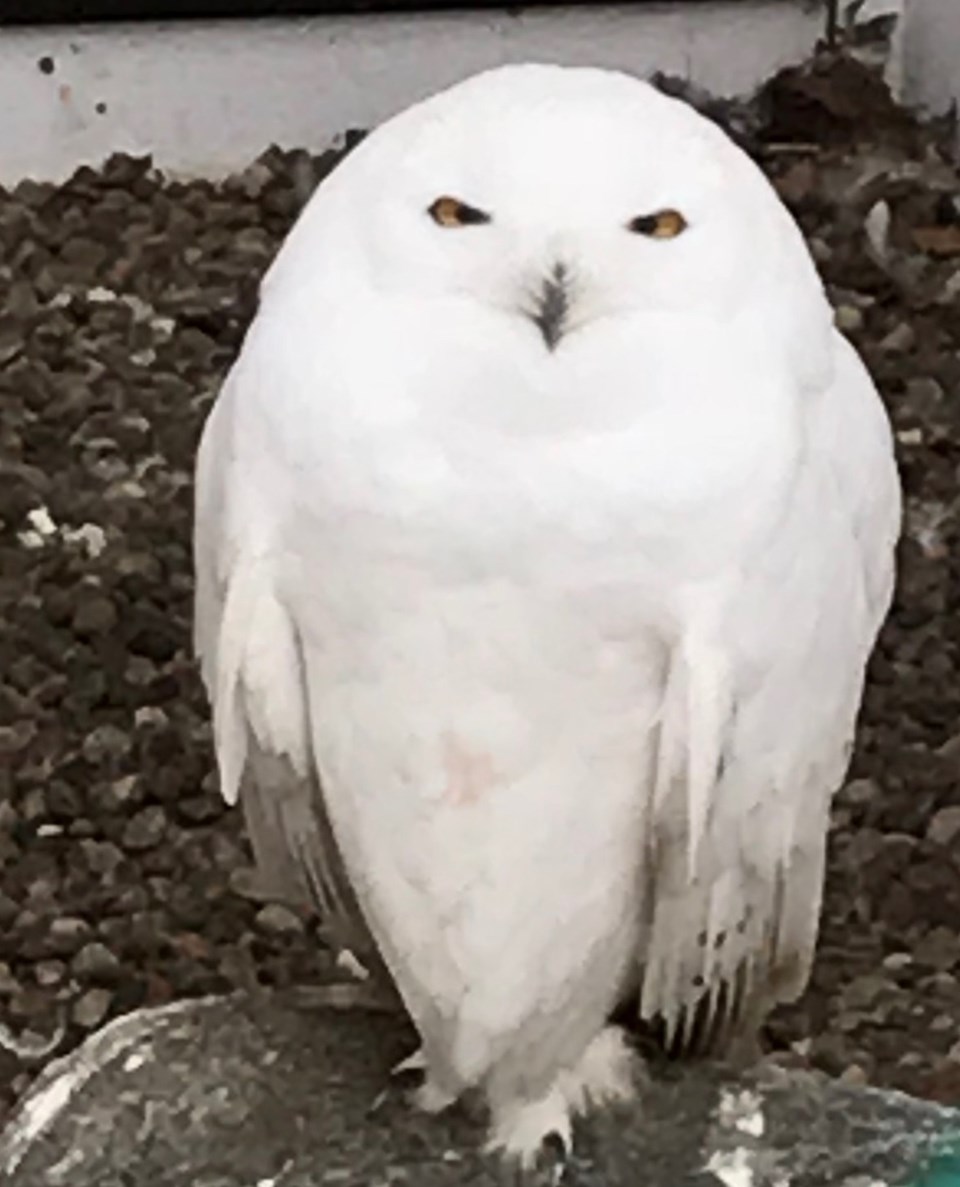EDITOR'S NOTE: Kids for Turtles Environmental Education is an outreach organization working to increase public awareness about the importance of increasing our attention and commitment to local environmental stewardship. For more information, visit their website.
---
Winter is in full force, snow has fallen, and every time you go outside you can feel Jack Frost nipping at your nose.
Maybe it’s the time of year where you like to bundle up and head out into the winter wonderland. Or maybe you prefer to get cozy by the fire. During these cold winter months, other creatures don’t have the same options.
Animals in Canada have a variety of strategies for surviving the winter. Some animals, like birds and butterflies, migrate down to the south to areas with warmer temperatures.
The Snowy Owls living in the Artic migrate south as well when temperatures get too cold, but the area they go to with a warmer temperature is Quebec, Ontario and other parts of Canada.
When not flying in cold temperatures, birds will shiver to keep their body temperatures at normal levels; heat is generated from their flight muscles during the movement.
Another strategy for surviving the winter is hibernation. Animals like the black bear, chipmunks, and skunks hibernate through the winter. They are light hibernators so their heart rates drop, but their body temperatures stay normal.
Black bears and skunks prepare by collecting and eating extra food to have extra fat stored to feed them through their slumber. Chipmunks wake every few days to eat some of the food they stored during the fall.
Some animals have adaptations to help them thrive in the winter. Many mammals and birds like the Artic fox and Snowy Owl grow a thicker fur during the winter months to help them stay warmer as the days get colder
The Northern Leopard frog is special because when temperatures get below freezing, the high concentration of glucose in their vital organs allows them to remain under the ice and not freeze. When spring comes, the Leopard frog thaws and its heart and lungs go back to normal.
Some animals, like Ermine and Snowshoe Hare get white fur coats in the winter, aiding with insulation and camouflage during the winter months.
White-Tailed Deer have a special adaptation that allows them to slow their metabolism so that they need less food to survive when it gets colder. They will also create trampled trails to follow for feeding. These maze of trails have deer yards (resting) areas for deer to take shelter and hide.
Our slithering friends gather together and stay warm in rock dens and crevices. Snakes will travel long distances to winter in the same site each year. Different species will group together to survive the winter.
So next time you’re out for a winter hike, think about all of the different ways our Canadian critters survive the winter months.
Keep a lookout for a rock that may be protecting hundreds of snakes, a path that a deer has trampled down as part of its maze, or a squirrel out of hibernation eating from its food storage at the base of a tree. Even if you can’t spot evidence, just know our Canadian animals are surviving and thriving this winter.
--
This article was written by Shania Van Dusen, a graduate student at Lakehead University and intern for Kids for Turtles.



